At the heart of every Moroccan city lies its medina, a bustling labyrinth of narrow streets, hidden courtyards, and vibrant markets. These ancient quarters are a treasure trove of history, with each corner revealing a story of craftsmanship, trade, and community life. The architecture of medinas typically reflects a blend of Arab, Berber, and Andalusian influences, characterized by intricately carved doorways, colorful tiles, and traditional riads with central courtyards adorned with fountains and lush greenery.
the medinas of Morocco are not just historic neighborhoods but living, breathing entities that embody the spirit and soul of the country. Whether you’re strolling through the vibrant souks of Marrakech, marveling at the ornate architecture of Fes, or savoring the flavors of Moroccan cuisine in Tangier, each medina offers a unique and unforgettable experience that lingers in the hearts and minds of all who wander through its ancient streets.
Several cities in Morocco are known for their well-preserved and iconic medinas, each offering a unique glimpse into the country’s rich heritage. Some of the most famous cities with medinas in Morocco include:
Marrakech
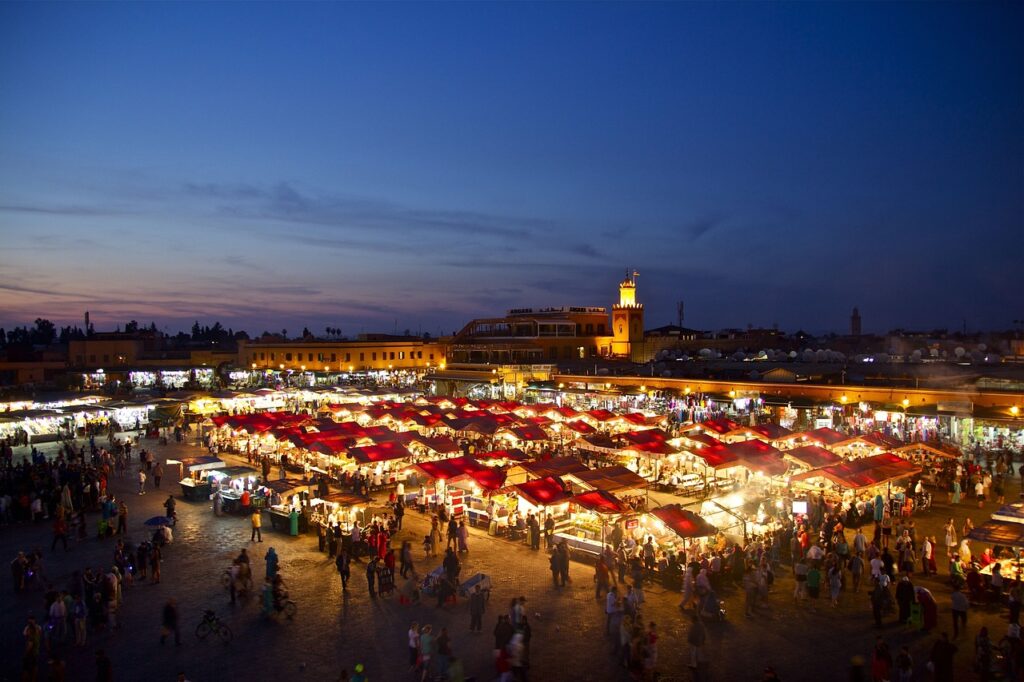
Marrakech: Marrakech’s Medina is one of the most renowned in Morocco, famous for its bustling souks, historical sites like the Jemaa el-Fnaa: Marrakech’s main square and a UNESCO World Heritage site, Jemaa el-Fnaa is a vibrant hub of activity with street performers, food stalls, and traditional musicians creating an electrifying atmosphere.
Attractions:
Koutoubia Mosque: The largest mosque in Marrakech, the Koutoubia Mosque’s minaret is an iconic symbol of the city and a masterpiece of Almohad architecture.
Bahia Palace: A stunning example of Moroccan architecture, Bahia Palace showcases intricate tile work, lush gardens, and ornate courtyards that offer a glimpse into the opulent lives of the past rulers.
Saadian Tombs: These beautifully decorated tombs date back to the Saadian dynasty and are a striking example of Moroccan craftsmanship and design.
Majorelle Garden: Created by French painter Jacques Majorelle, these botanical gardens are a serene oasis in the heart of the city, featuring exotic plants, vibrant colors, and the iconic cobalt-blue villa.
Ben Youssef Madrasa: Once a prominent Islamic college, this historical site boasts stunning architecture, intricate carvings, and a peaceful courtyard that reflects Islamic artistry.
Medina Souks: Lose yourself in the maze of Marrakech’s bustling souks, where you can shop for traditional Moroccan goods such as spices, textiles, ceramics, and jewelry.
El Badi Palace: This ruined palace, once grand and opulent, offers panoramic views of the city and provides insight into Morocco’s rich history.
Marrakech Museum: Housed in a former palace, this museum showcases a collection of Moroccan art, including ceramics, textiles, and jewelry, offering a deeper understanding of the city’s cultural heritage.
Agdal Gardens: These vast gardens, originally used to grow food for the royal household, are a peaceful retreat where visitors can relax amidst orchards, olive groves, and man-made lakes.
Fes
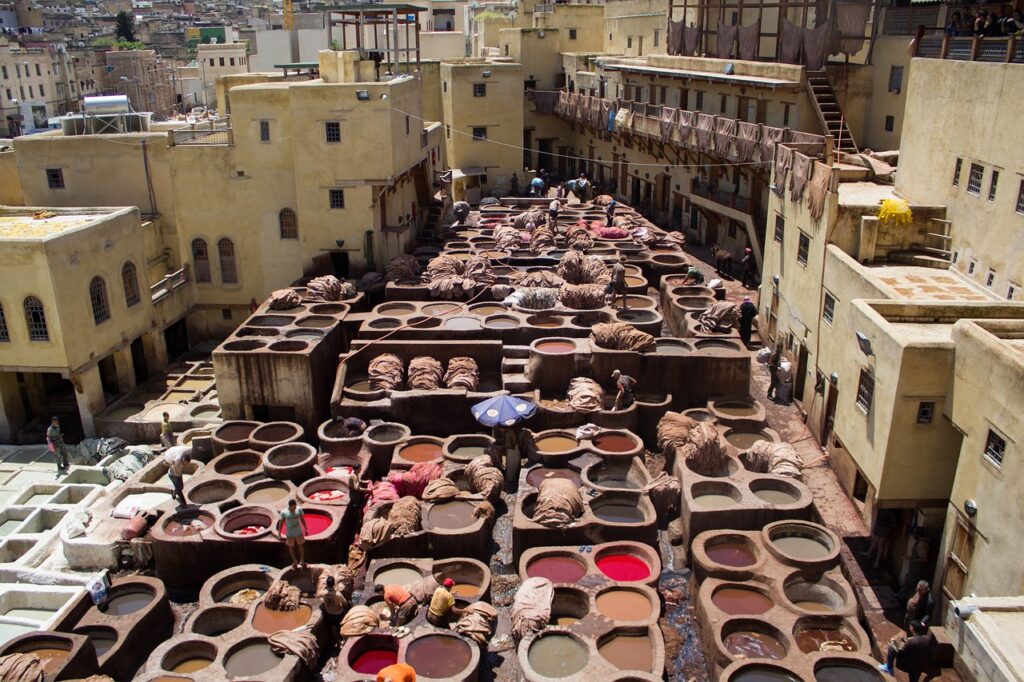
Fes: Fes is home to one of the oldest and largest medinas in the world, known for its medieval architecture, intricate mosaics, tanneries, and historic sites like the oldest university in the world Al Quaraouiyine University and the tannery district of Chouara.
Attractions:
ab Bou Jeloud: This ornate blue gate marks the entrance to the old city and is a popular spot for photos.
Chouara Tannery: One of the oldest tanneries in the world where you can see the traditional method of leather dyeing.
Bou Inania Madrasa: A stunning example of Marinid architecture with intricate tile work and wood carvings.
Dar Batha Museum: Housed in a former royal palace, this museum displays traditional Moroccan art and
Medersa el-Attarine: A beautifully decorated Quranic school with intricate tile work and carved stucco.
Moulay Idriss II Shrine: A sacred site and mausoleum dedicated to the founder of Fez.
Borj Nord and Borj Sud: These fortresses offer panoramic views of the city and are great for sunset watching.
The Nejjarine Museum of Wooden Arts and Crafts: Showcases traditional Moroccan woodworking and craftsmanship.
Mellah (Jewish Quarter): Explore the history and culture of the Jewish community in Fez.
These are just a few of the many attractions within the Medina of Fez. Each corner of the ancient city holds surprises, from hidden riads to bustling markets
Essaouira
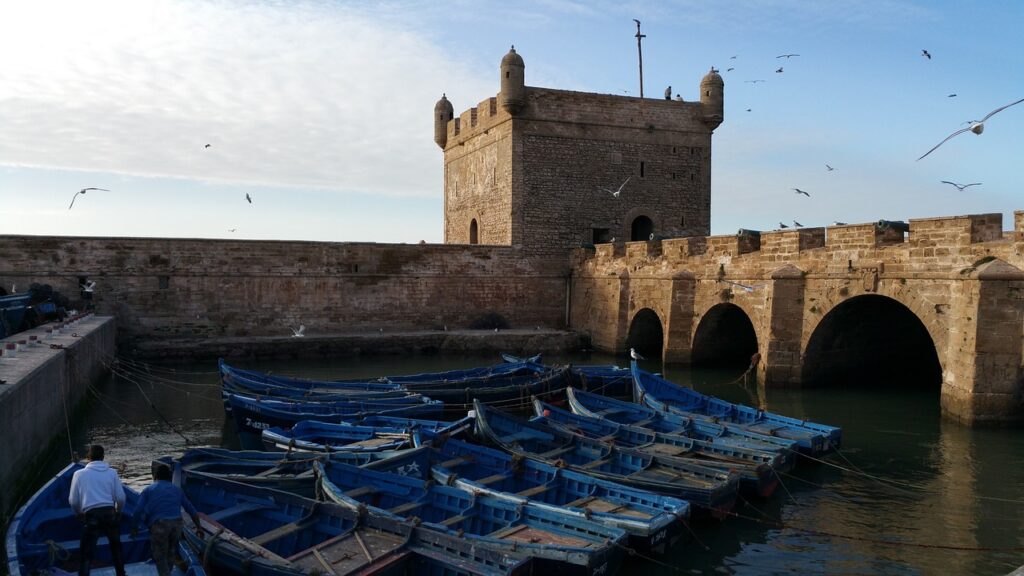
Essaouira, formerly known as Mogador a beautiful coastal city in Morocco known for its stunning beaches, historic medina, and vibrant arts scene. The city was initially a small fishing village inhabited by Berber tribes. In the 15th century, the Portuguese established a trading post here and built a fortress. They called it « Mogador ».
The city’s architecture is a mix of European, Arab, and Berber styles. The Skala de la Ville, a sea-facing rampart, and the Portuguese-built Castelo Real are prominent historical landmarks.
Essaouira’s medina, with its distinctive blue and white buildings, was designated a UNESCO World Heritage Site in 2001 for its well-preserved example of a late-18th-century fortified town.
Attractions:
Medina of Essaouira: Explore the narrow streets of the medina, a UNESCO World Heritage Site, filled with shops, cafes, and art galleries.
Skala de la Ville: Visit this historic seafront fortification for panoramic views of the Atlantic Ocean and Essaouira’s picturesque harbor.
Beach: Relax on Essaouira’s sandy beach, popular for water sports like windsurfing and kitesurfing.
Port of Essaouira: Watch local fishermen at work and sample fresh seafood at the bustling port.
Essaouira Ramparts: Walk along the ancient city walls for more scenic views of the city and the sea.
Museum Sidi Mohammed Ben Abdallah: Learn about the history and culture of Essaouira through its exhibits on art, history, and traditions.
Gnaoua Music Festival: If you visit in June, don’t miss this annual music festival that celebrates the rich music heritage of the Gnaoua people.
Essaouira Beach Festival: Another popular event, usually held in September, showcasing music, arts, and culture on the beach.
Essaouira Art Galleries: Explore the city’s vibrant arts scene with numerous galleries showcasing local and international artists.
Horseback Riding: Enjoy a horseback ride along the beach or through the surrounding countryside for a different perspective of Essaouira.
The city’s laid-back atmosphere, friendly locals, and unique blend of cultures make it a must-visit destination in Morocco continue to attract visitors from around the world, making it a fascinating destination for those interested in Morocco’s past and present.
Rabat
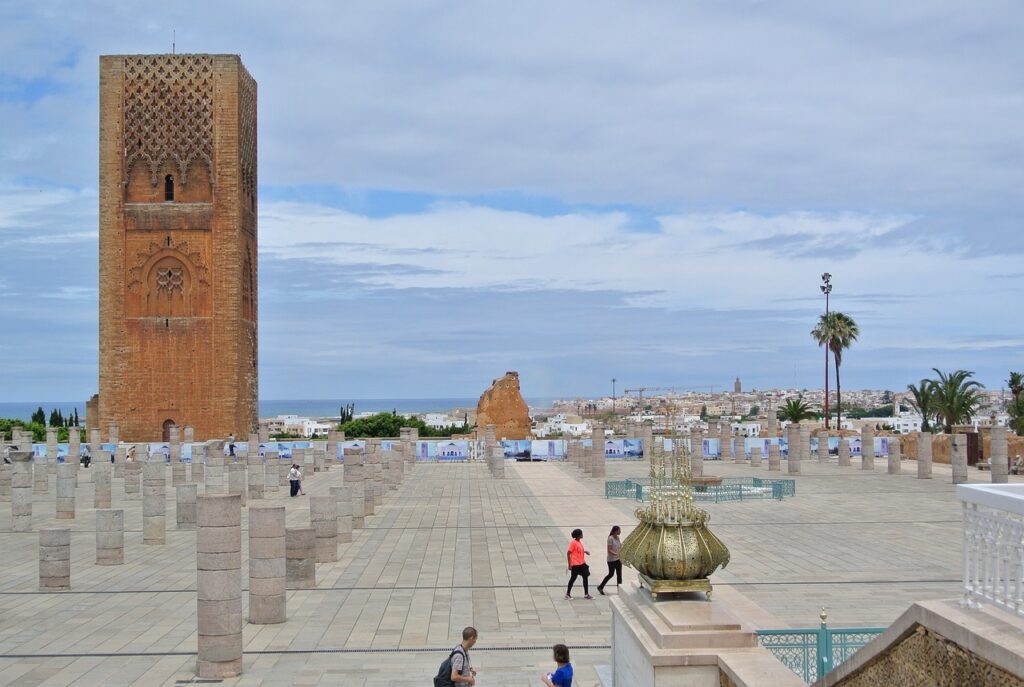
Rabat, the capital city of Morocco, has a rich history dating back to the 12th century. The city was founded in the 12th century by the Almohad Caliphate and served as a military town. The Almohads built numerous structures in the city, including the Hassan Tower and the Chellah Necropolis.
Rabat was a French protectorate from 1912 to 1956. The French influence is evident in the architecture of the Ville Nouvelle (New Town) area. After Morocco gained independence in 1956, Rabat became the capital city, replacing Fez. It has since undergone modernization and development.
Attractions:
Kasbah of the Udayas (Kasbah des Oudaias): A picturesque fortress overlooking the Atlantic Ocean, characterized by its narrow streets, whitewashed buildings, and Andalusian gardens.
Hassan Tower: An unfinished minaret of an incomplete mosque dating back to the 12th century, surrounded by the ruins of a mosque destroyed in an earthquake.
Chellah Necropolis: An archaeological site with Roman and Islamic ruins, including ancient tombs, a mosque, and beautiful gardens.
Royal Palace (Dar al-Makhzen): The official residence of the King of Morocco, known for its impressive gates and architecture.
Mohammed V Mausoleum: A grand mausoleum housing the tombs of King Mohammed V and his sons, King Hassan II and Prince Moulay Abdellah, known for its stunning architecture.
Rabat Archaeological Museum: A museum showcasing artifacts from Morocco’s archaeological history, including Roman, Islamic, and Berber artifacts.
Andalusian Gardens: A peaceful garden in the heart of Rabat, featuring lush greenery, fountains, and colorful flowers.
Casablanca
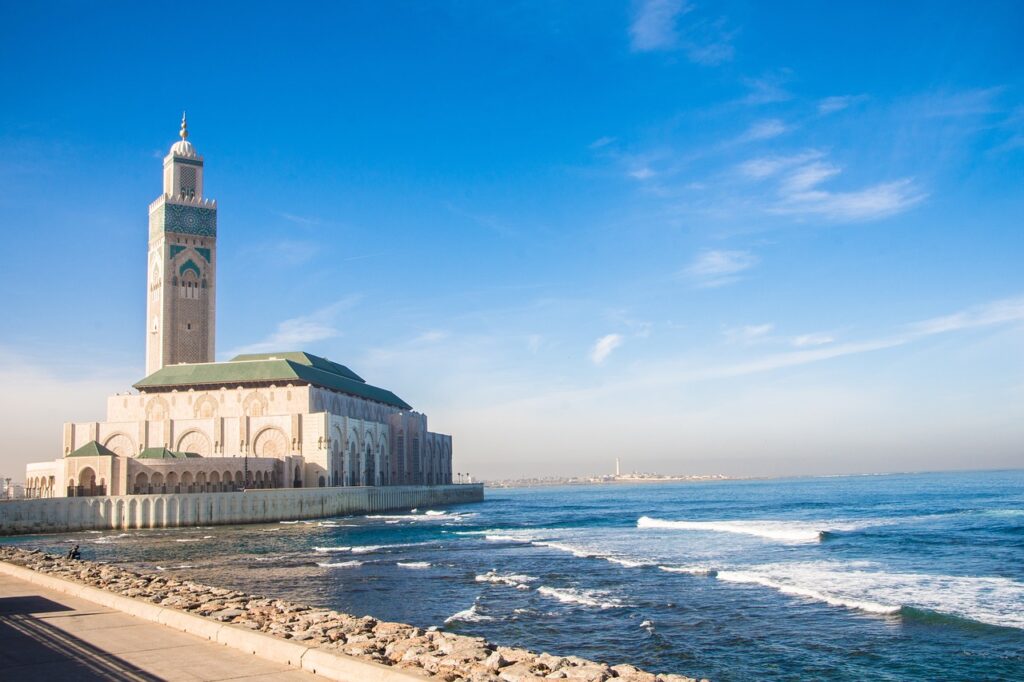
Casablanca, the largest city in Morocco, is a bustling metropolis , is a major economic and business center in Morocco, known for its modern infrastructure, financial district, and bustling port.
The city’s diverse population contributes to its rich cultural landscape, with influences from Arab, Berber, French, and Spanish traditions.
Despite being a modern city, Casablanca also boasts a rich history, with traces of its past evident in its architecture and landmarks.
Attractions:
Hassan II Mosque: One of the largest mosques in the world, featuring intricate architecture, stunning marble floors, and a location overlooking the Atlantic Ocean.
Old Medina: Explore the narrow streets of the Old Medina to experience traditional Moroccan markets, historic buildings, and local culture.
Corniche: The Corniche is a scenic coastal boulevard lined with palm trees, restaurants, and cafes, offering beautiful views of the ocean.
Mohammed V Square: A central square in Casablanca surrounded by important buildings such as the Palace of Justice and the Wilaya (Governor’s Office).
Rick’s Café: Inspired by the classic film « Casablanca, » Rick’s Café is a popular restaurant and bar known for its nostalgic ambiance and live music.
Villa des Arts: An art museum showcasing Moroccan and international contemporary art in a beautiful Art Deco villa.
La Sqala: A historic fortress and restaurant offering traditional Moroccan cuisine within ancient walls.
Anfa Place: A modern shopping and entertainment complex located along the coast, featuring upscale shops, restaurants, and a promenade.
Museum of Moroccan Judaism: Learn about the history and heritage of the Jewish community in Morocco at this informative museum.
Casablanca Twin Center: Iconic twin skyscrapers in the city center with shopping centers, restaurants, and panoramic views from the top floors.
Casablanca’s unique blend of modernity and tradition, along with its fascinating attractions and cultural offerings, make it a dynamic destination worth exploring in Morocco.
Partager
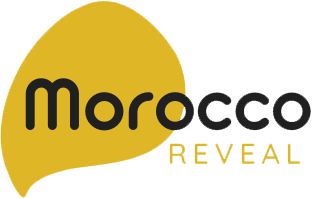
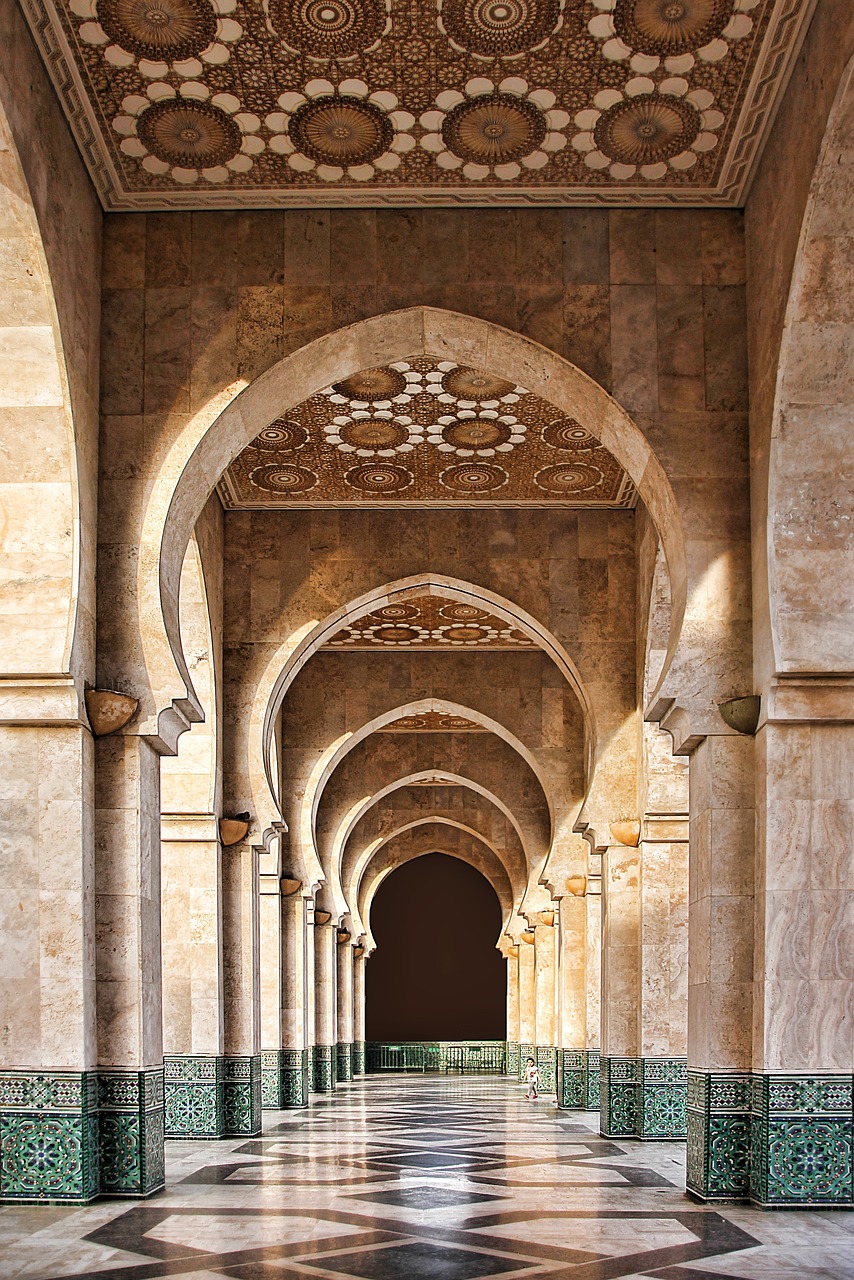
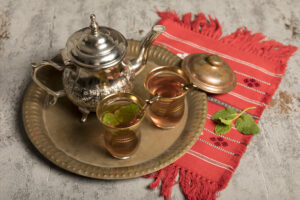
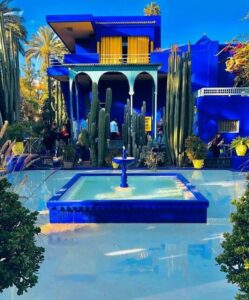
One thought on “« Medinas » The Soul Of Morocco”